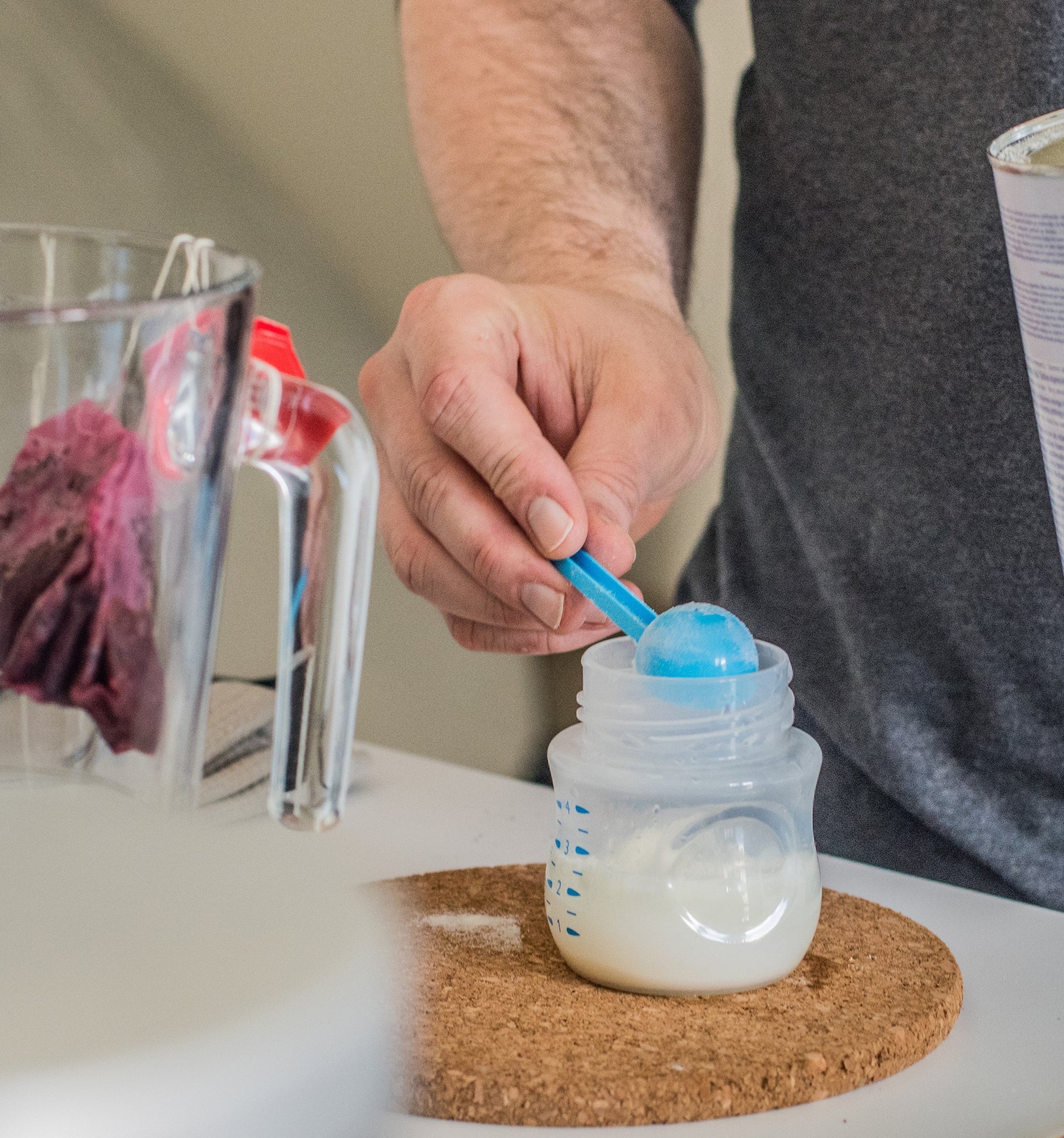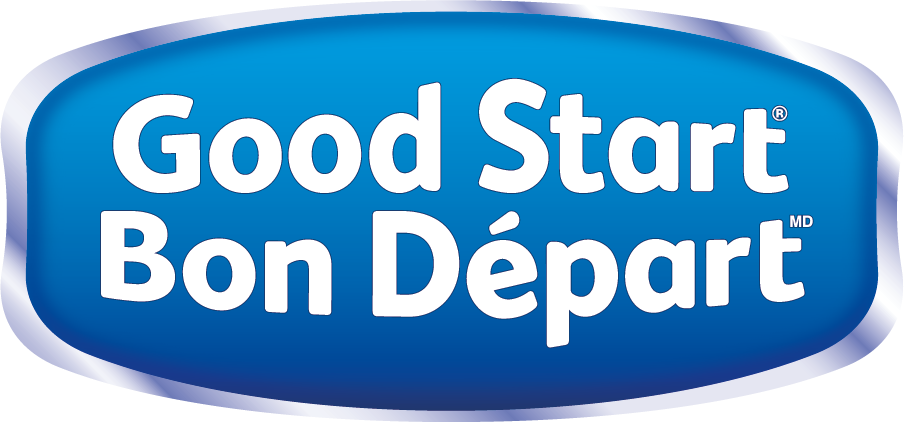Articles
Articles

Articles
Newborn to Toddler: Helping Your Baby Sleep

Articles
Tips for a Happy, Healthy Baby Tummy

Articles
Milestone Moments in Baby’s First Three Months

Articles
How to Rest and Recharge With a New Baby

Articles
How Comfort Proteins® Support Your Baby’s Happy Tummy

Articles
Managing Colicky Babies: Facts & Tips

Articles
How to Know How Much and How Often to Feed Your Baby

Articles
A Guide to Supplementing with Formula: Tips for Supporting Your Baby's Nutrition

Articles
How to Support Your Baby’s Tummy Health and Immunity

Articles
Baby Formula: Choosing, Introducing, & More

Articles
How to Prepare and Store Baby Formula



